
You have planned out a general basis of your story (refer to my previous blog post about pre-production). You have your Big Idea, defined your story objectives, and gathered your assets. Now it’s time to start getting into the details.
Storytelling
Your mind might be flowing with a bunch of ideas on how to plot your story, but the key to effective storytelling is to be as intentional as possible about your choices. Therefore, Blazer encourages that you “lay down your beats;” in other words, plot out all the moments or active steps that drive your story.
There are a few ways to go about this. One method is the three-act structure, which is—just as it sounds—a linear structure with three basic steps or acts.
- Act 1 – Setting up character and conflict: This should introduce your character(s), what they want, and the problem that is preventing them from getting what they want.
- Act 2 – Working towards a solution: Here, your character(s) should be fully committed to solving the problem, but there should be defined roadblocks that stop their progress. The problem in this act may seem impossible to solve.
- Act 3 – Attaining the Big Solve: This is where your character faces the problem head on, and then there is unexpected resolution or epiphany that explains what you are trying to say with your story.
Another effective method is the nonlinear story structure, where the story is not told in a traditional or chronological manner, yet the emotional impact of the Big Idea still manages to resonate with the audience. This is good for more abstract, symbolic, or poetic thinkers and narratives. But, this can be tricky because the audience still needs to understand the story, so you still need to plan out a structure. Some of the popular nonlinear structures Blazer mentions include:
- The Ending: a story that begins and ends at the same place, with the “middle” part fleshing out the deeper meaning behind it all.
- The Countdown: a story centered around the climax with a constant build toward that eventual climax with a satisfying ending.
- The Puzzle: the audience gets to solve some sort of riddle or game as new pieces of information get revealed throughout the story.
Unlocking Your Story
At this point, before you can begin storyboarding, you must make sure that you finalize the basic elements you have been putting together. Blazer lists and describes a series of narrative exercises to help tie your loose ends together. I will summarize some noticeable ones here.
- Clear Conflict, Reveal It Early: Present the conflict early so that your audience has a narrative worth following.
- Start Later: Start somewhere in the middle of the story, where the character takes some big action, rather than cramming a bunch of backstory in the beginning that may cause the audience to become uninterested.
If your story is more experimental than narrative-driven, Blazer also has some helpful exercises in these cases.
- Visual Music: Center your story around a piece of music that speaks to you. Make sure that the imagery and movement corresponds to the mood and structure found in the music.
- Anthology: You might have several story ideas, but one main theme, and you feel that telling just one story won’t cut it. With this exercise, you can form a collection of short stories and create a system that ties them all together under your Big Idea.
Storyboarding
Storyboarding is your biggest opportunity to flesh out the visual elements and aspects of your story before even getting to the animation software. This may seem like more work, but in the long run it actually saves time and money because everyone (including you) gets to see your ideas laid out and be on the same page when the time comes to animate.
The key here, as Blazer points out, is to start out with rough frame sketches and then gradually add the details. Make it understandable first, then add the nuances that make it unique.
The first rough sketches come in the form of thumbnails to help sequence your shots and visualize important aspects. An effective YouTube thumbnail comes to mind (although this is usually more elaborate than the rough sketches here), where a single frame from the video describes it well and incentivizes the user to click and watch.
Afterwards, the real storyboarding takes place where you add the details and finesse work. The goal here is clarity to your story, with composition, framing, staging, transitions, and continuity in mind. Make sure that your storyboard frames are consistent with the story as well as the world you have created, and that they are moving in a consistent direction.
Source: Animated Storytelling by Liz Blazer
Research
To inspire my animated introduction in After Effects, I browsed the web for animation examples that use After Effects and incorporate images and text into their animations.
I was browsing animated typography on Pinterest, and I stumbled across this promotional video for Motion Array, a company that specializes in motion graphics to help small businesses. I think this ad brilliantly demonstrates what one can do with typography as well as imagery in After Effects, especially given that this is also a downloadable template. This incorporates moving pictures, changing text colors, eye-catching vectors, and smooth motion all around.
What I like about this ad for Castlery is how it utilizes cutout imagery of their furniture. In one panel, a chair cutout is pushed in front of the text ‘LOOKS’ while another remains behind it to create a sense of depth to the animation. The cutting effect for the words ‘CUT OUT’ and the changing opacities of the word ‘MIDDLEMEN’ are also noticeable and impactful.
This video tutorial teaches you how to make a dramatic ‘epic zoom’ effect that seamlessly transitions from one clip to another. The effect is used in the channel introduction that can be found at the beginning of the video, before the teacher goes into detail on how to implement it in After Effects. I’m really intrigued by this effect and may want to incorporate it into my project.
My Self-Introduction Video
To learn and practice using the powerful animation software After Effects, I made a self-introduction video. At first, I was a bit nervous about this project mainly because hearing recordings of my own voice feels like grinding nails on a chalkboard to me. But actually, I had a lot of fun with it and I learned a lot about After Effects along the way.
I started with writing the script to my voiceover and then worked in After Effects around that script. Later, I recorded my voiceover, imported it into my After Effects project, and then did some finesse work to tie everything together smoothly.
There are a lot of nuances within After Effects that make it easy as well as difficult to work with based on my prior knowledge with Adobe Premiere. Thankfully, Google and my professor’s tutorials were my best friends along the way as I learned how to do things such as split clips, add preset animations and transitions, mask, manipulate keyframes, ease the motion, and duplicating/replacing media. I was also worried that I would be spending a lot of time scrambling for assets. Thankfully again, I found that Pixabay has a vast library of royalty-free images, background videos, music, and sound effects that I took full advantage of.
Overall, I wanted the video to have an upbeat synth pop vibe. Of course, any assignment that is about me means that I’m required to show my dogs Buddy and Toby. I also wanted to play with masking and sound effects, hence I added the mask feather to my images in the last scene and added popping sounds.
You can check out the full project below.

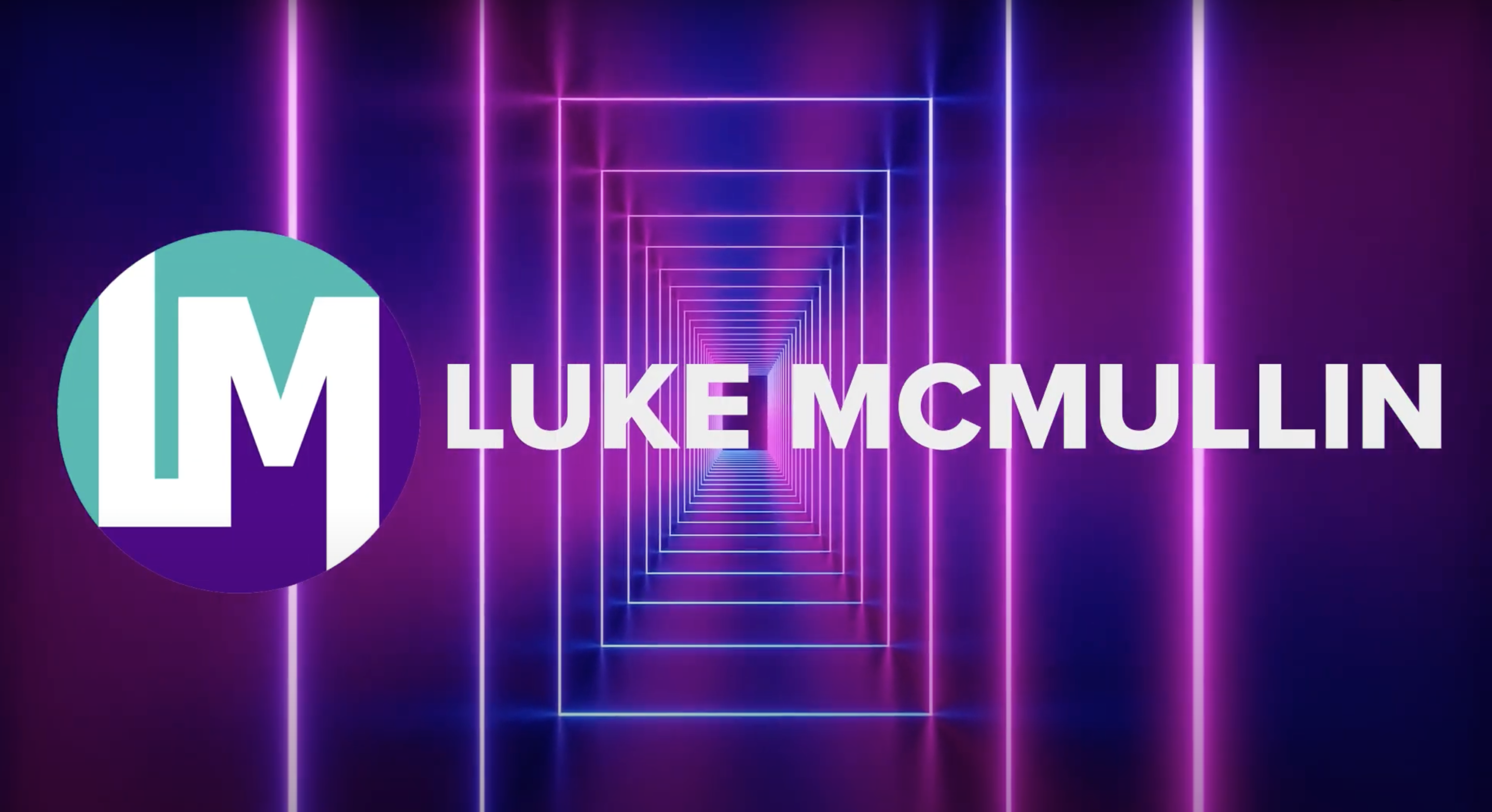

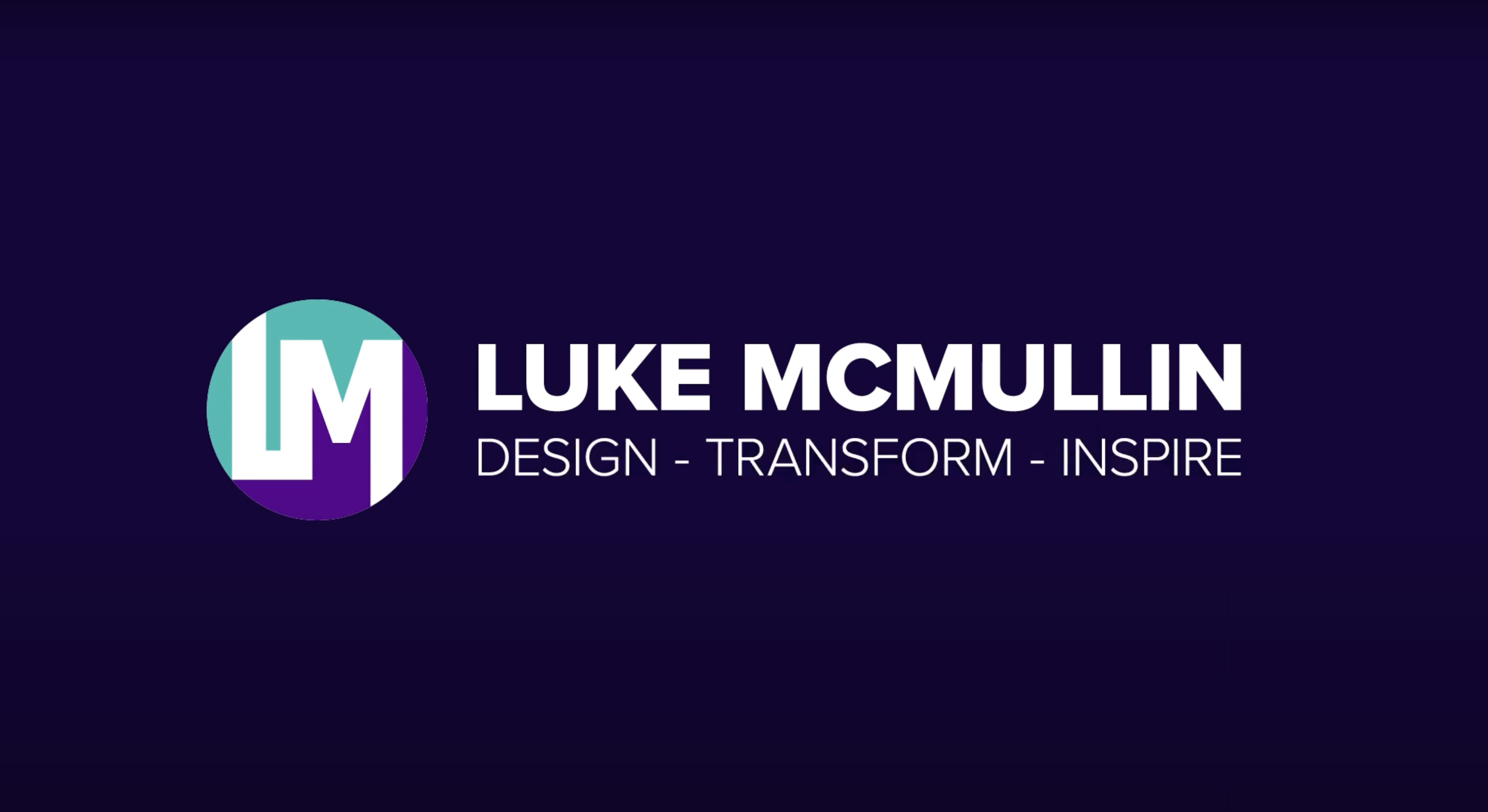
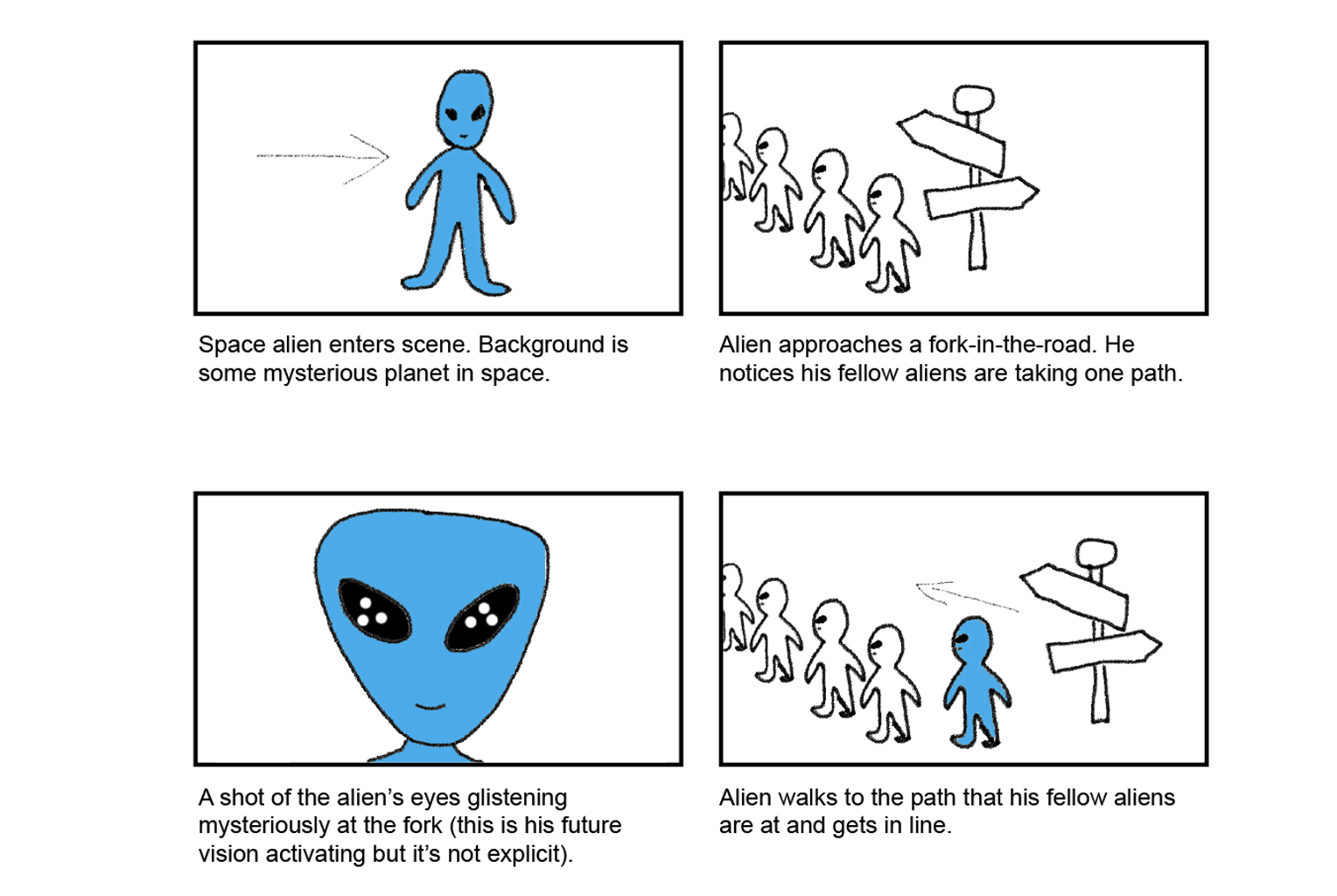
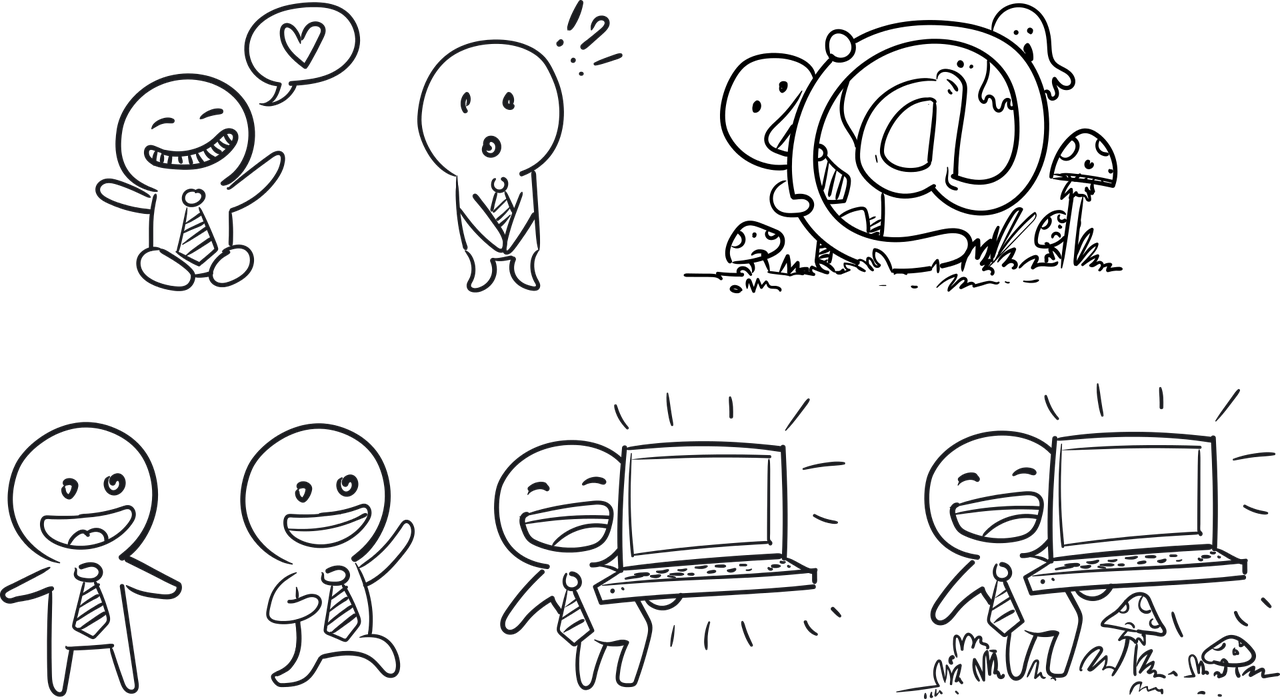

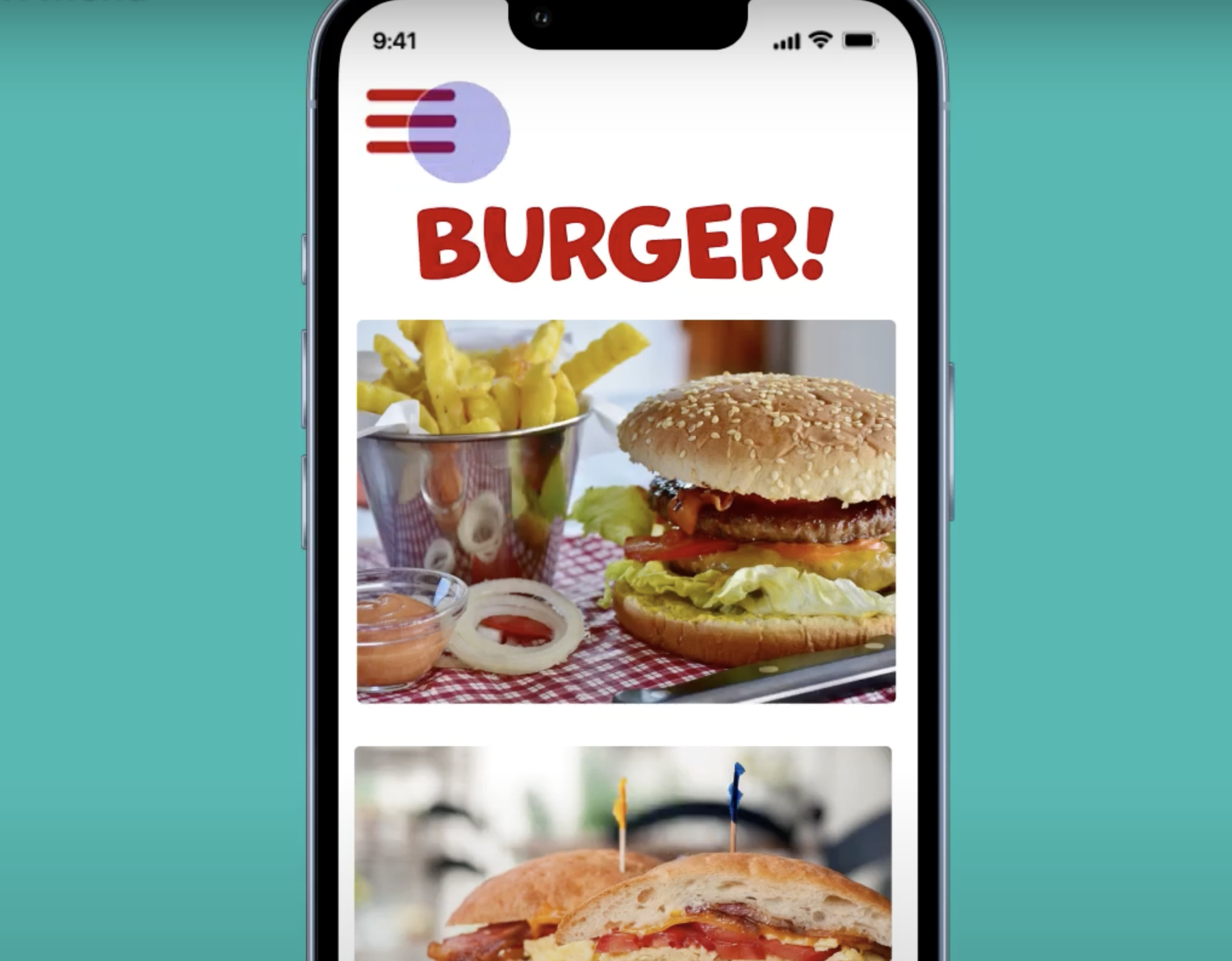
Hello,
We provide funding through our venture capital company to both start-up and existing companies either looking for funding for expansion or to accelerate growth in their company. We have a structured joint venture investment plan in which we are interested in an annual return on investment not more than 10% ROI. We are also currently structuring a convertible debt and loan financing of 3% interest repayable annually with no early repayment penalties. If you have a business plan or executive summary, I can review to
understand a much better idea of your business and what you are looking to do, this will assist in determining the best possible investment structure we can pursue and discuss more extensively. If you are interested in any of the above, kindly respond to us via this email. waheed@almarisinvestmentgroup.com
Waheedalgore22@gmail.com
Sincerely
Engineer Waheed Mohammed
Chief Financial Officer
Al-Maris Investment Group
Hello,
We provide funding through our venture capital company to both start-up and existing companies either looking for funding for expansion or to accelerate growth in their company.
We have a structured joint venture investment plan in which we are interested in an annual return on investment not more than 10% ROI. We are also currently structuring a convertible debt and loan financing of 3% interest repayable annually with no early repayment penalties.
We would like to review your business plan or executive summary to understand a much better idea of your business and what you are looking to do, this will assist in determining the best possible investment structure we can pursue and discuss more extensively.
I hope to hear back from you soon.
Sincerely,
Tigran Ayrapetyan
Investment Director
Devcorp International E.C.
P.O Box 10236 Shop No. 305
Flr 3 Manama Centre, Bahrain
Email: tigran.a@devcorpinternationalec.com